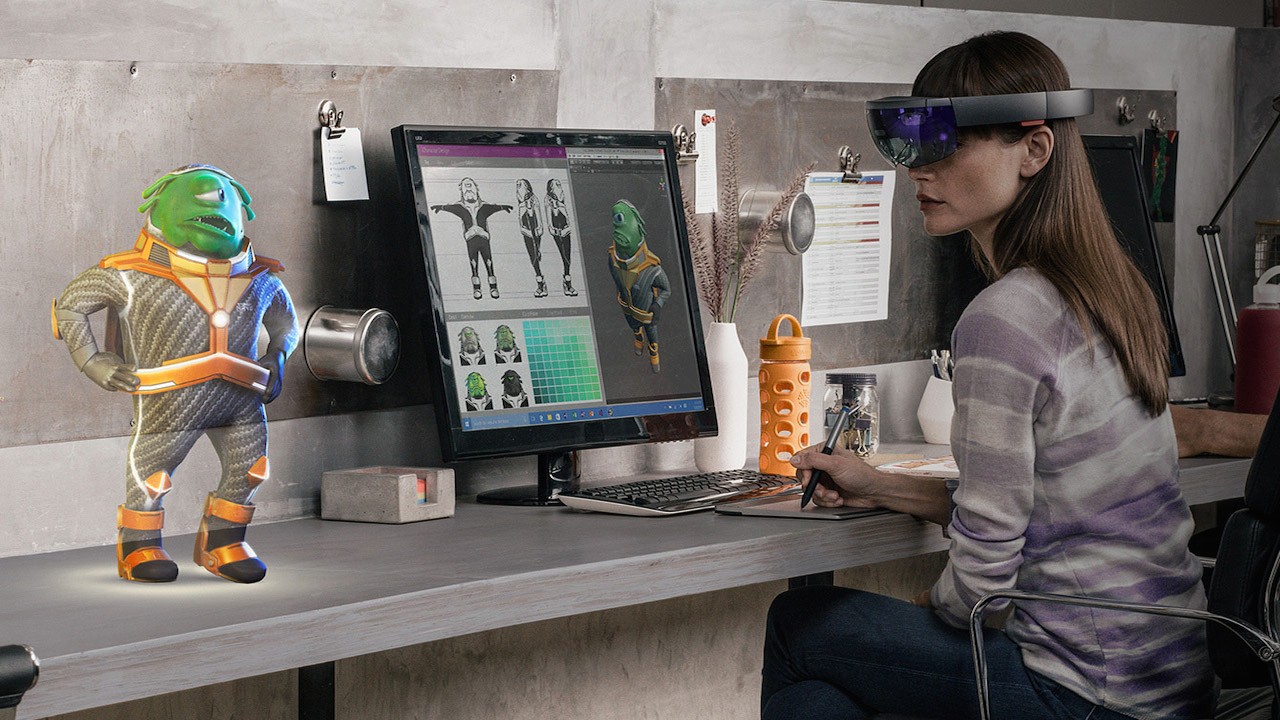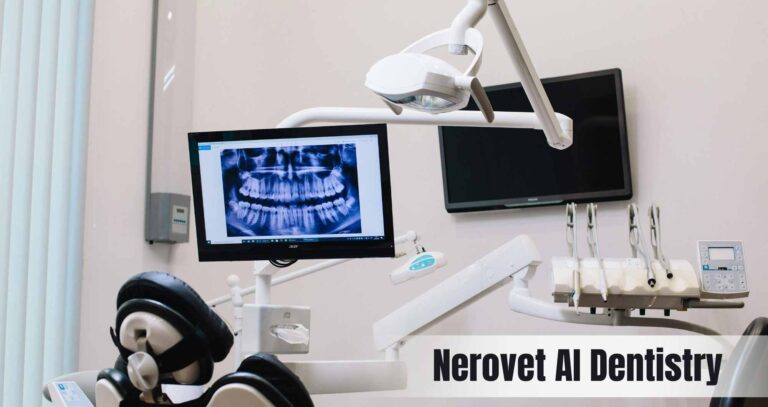Understanding Methatreams: Blending Reality and Digital Experiences
In the evolving world of technology, new concepts often emerge to bridge the gap between the physical and digital realms. One of the most fascinating ideas gaining attention is methatreams. This term refers to a seamless integration of real-world elements with virtual or augmented experiences, allowing people to move fluidly between the tangible and the digital without disruption. Unlike traditional virtual spaces that separate users from reality, methatreams create a layered environment where both can coexist in harmony.
What Are Methatreams?
At its core, methatreams describe a space where physical surroundings and digital content overlap in real time. Imagine walking through a city street while seeing interactive information floating in the air through augmented reality glasses, or attending a live event where both in-person attendees and virtual participants share the same interactive experience.
The idea of methatreams goes beyond simply using augmented or virtual reality. It focuses on merging these technologies with real-world activities in a way that feels natural, intuitive, and immersive.
The Key Components of Methatreams
For methatreams to function effectively, several components must work together:
1. Real-Time Synchronization
Methatreams require instant synchronization between the physical and digital layers. This ensures that virtual elements react and respond to real-world actions without delays.
2. Advanced Interfaces
The experience of methatreams depends on user-friendly interfaces like AR glasses, VR headsets, or even holographic projectors. These tools allow people to access the digital layer without losing awareness of their surroundings.
3. Context-Aware Systems
A core aspect of methatreams is context awareness. This means the system understands where the user is, what they are doing, and what information they might need at that moment.
4. Interactive Content
Static digital images are not enough. Methatreams require interactive, responsive content that engages the user and enhances the physical experience.
How Methatreams Are Different from Other Technologies
While technologies like augmented reality (AR) and virtual reality (VR) have been around for years, methatreams offer a new approach. AR overlays digital information on the physical world, and VR transports users to an entirely digital environment. Methatreams, on the other hand, blend the two approaches, enabling users to interact with both worlds simultaneously without breaking immersion.
For example, in VR you might attend a meeting in a fully virtual office. In a methatream, you could be in your real office while digital participants appear around you as if they were physically there, complete with the ability to interact with both real and virtual tools at the same time.
Real-World Applications of Methatreams
The potential uses for methatreams span across multiple industries:
Education and Training
Methatreams can revolutionize learning by merging hands-on training with real-time digital simulations. A medical student could practice on a physical model while seeing live augmented visuals of anatomy and procedures.
Business Collaboration
Workplaces could use methatreams to connect employees in different locations, creating a shared environment that includes real objects and digital resources in one space.
Tourism and Exploration
Visitors to historic sites could experience methatreams that overlay historical reconstructions onto existing ruins, allowing them to see the past come to life while walking through the location in real time.
Entertainment
Concerts, sports events, and theater performances could adopt methatreams to combine physical and virtual attendance, making the experience richer and more engaging for both audiences.
The Benefits of Methatreams
Seamless Integration
One of the greatest strengths of methatreams is the natural blending of reality and digital content, reducing the mental effort needed to switch between them.
Increased Engagement
By layering interactive elements onto real-world experiences, methatreams keep people more involved and interested.
Accessibility
Methatreams can make experiences available to a broader audience, including those who cannot physically attend events or travel to locations.
Efficiency
In industries like manufacturing, methatreams could display real-time data directly over machinery, improving maintenance and reducing errors.
Challenges in Building Methatreams
As promising as the concept is, methatreams face several hurdles:
Technological Limitations
High-speed data transfer, precise tracking systems, and advanced display technologies are essential, and not all regions or industries have access to these yet.
Privacy and Security
Since methatreams often involve real-world data, ensuring privacy and security is a major concern. Users must trust that their surroundings and personal interactions are protected.
Cost
The hardware and software needed to create high-quality methatreams experiences can be expensive, limiting widespread adoption in the short term.
The Future of Methatreams
Looking ahead, methatreams could become a standard part of everyday life. As technology advances, devices may become smaller, more affordable, and more powerful, allowing people to enter methatreams as easily as making a phone call today.
In the long term, methatreams might reshape how we socialize, work, learn, and entertain ourselves. Cities could adopt methatreams to manage traffic, tourism, and public events. Homes might integrate them into daily routines, merging real chores with helpful digital assistants that interact naturally with physical spaces.
Why Methatreams Matter Now
Although the concept is still developing, methatreams are important because they represent a shift in how we think about digital interaction. Instead of separating the real and virtual, methatreams unify them, creating richer, more meaningful experiences.
Businesses, educators, and creators who explore this technology early may find themselves ahead of the curve, able to offer innovative services that traditional tools cannot match.
Conclusion
The idea of methatreams challenges the boundaries between physical and digital life. By blending these worlds into one cohesive environment, they promise to change how we learn, work, travel, and connect with others. While there are challenges to overcome, the potential is vast, and the future may see methatreams become as common as smartphones are today.
If developed responsibly, methatreams could create a new era of human interaction—one where reality and technology are not separate domains, but parts of a single, dynamic experience.






